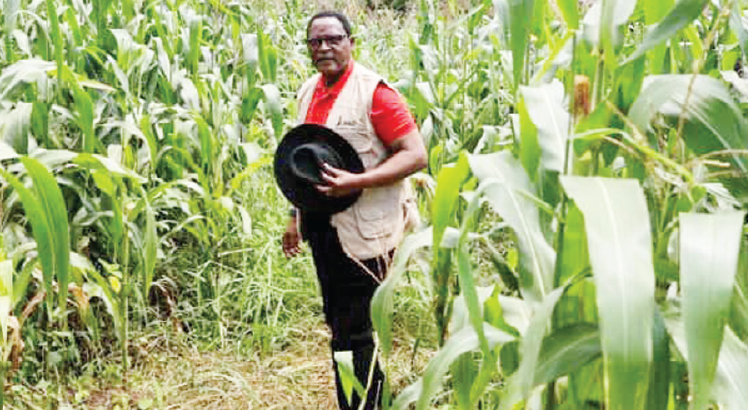Welcome to Ngala, welcome to Kataya
Our friends and benefactors resident in the diaspora have blessed us with a new 4X4 vehicle to assist us explore Malawi more and better. With this ‘Aford Neverest’, we will explore the hinterland of our country unfettered. We will pass through games parks; cross rivers, and get up the most rugged terrain.
On this leg of our trip of cultural appreciation, we decided to lodge at Kataya Lodge at Ngala located in Nkhotakota. Ngala is one beautiful part of the United Republic of Tongaland (URT), also known, in the years forgotten, as West Nyasa. West Nyasa later became known as Chintheche District before it was called Nkhata Bay. Then, West Nyasa comprised parts known today as Mabulabo in Mzimba or Mombera, Likoma, Chizumulu, and all areas from Bua River to the present border with Rumphi or Tumbukaland. Likoma and Chizumulu are now a full district while the area between Bua River and Dwambazi river is in Nkhotakota. The Mabulabo is today in Mzimba.
Sociolinguists, anthropological linguists and linguistic anthropologists will tell you that it is not by accident that people in border areas such as these speak languages that are mutually intelligible. There is a reason the Chitumbuka of Mabulabo sounds like Chitonga, sorry, the Chitonga of Mabulabo sounds like Chitumbuka. Actually, in the Mabulabo area a new lingua franca has emerged over time. We will call it Chitombuka.
The Chichewa or Chinyanja of Likoma and Nkhotakota sounds like Chitonga; sorry again, the Chitonga of Likoma and Nkhotakota sounds like Chichewa. Here, too, a lingua franca has developed. While the people of Chizumulu prefer to call theirs Chitonga, the people of Likoma East call what they speak Chilikoma while those who live in Nkhotakota call it, we hear, Chikotakota. However, we will call it Chitowa to mean a mixture of Chitonga and Chichewa and perhaps some nondescript languages spoken in Mozambique.
From Ngala your eyes will scan the entire Lake Malawi and zoom into Mozambican territory or East Nyasa. We are here partly because we have heard that for the first time the people of Nkhata Bay have formed a cultural association they call Nkhata Bay Heritage. From the documents we have seen and read, we understand the association is apolitical but much like other cultural groups in Malawi. We will find out from the people of Matiki, Banga, Dema, Ngala, Dwasulu and Dwasulu if they are ready to join their brothers and sisters in Nkhata Bay to revive their common culture and traditions.
“Can we have kapanga wakocha?” I, Malawi’s only Mahoishoi, asked James, the elderly-looking chef, dressed in a stainless white uniform with marching headgear.
“Walipu ada,” James answered with a smile characteristic of a malipenga dancer of olden times.
“What are you plotting?” Asked Alhajj Mufti Jean-Philippe LePoisson, SC (RTD).
“Ordering our meals, of course,” I answered.
“But you didn’t ask us,” complained Abiti Joyce Befu, MEGA 1 and MG 66.
“I wanted to surprise you,” I said.
“And what is kapanga wakocha?” Nganga Maigwaigwa enquired.
“Charcoal grilled kampango.”
“You think he understood you?” Jean-Philippe queried.
“The people of this area are pure Tonga,”I said.
“So?”
“As a pure Tonga, James understood what I ordered, how it should be done and what should accompany it,” I said.
“I want it with rice,” Abiti said.
“Don’t worry. James will take care of your gastronomic needs,” I challenged.
We all laughed and sat back to await the kampanga wakocha. Jean-Philippe ordered drinks to keep us busy and to whet our appetite.
Approximately 30 minutes later James emerged to place fillets of kampanga wakocha before each one of us. He did so with clinical meticulousness. He then went back into the kitchen and emerged with one large bowl with steaming sima ya vigawu.
“So, how do we eat this mountain of food?” Asked Jean-Philippe.
“The Mohashoi will demonstrate,” said the Most Paramount Native Authority Mandela.




